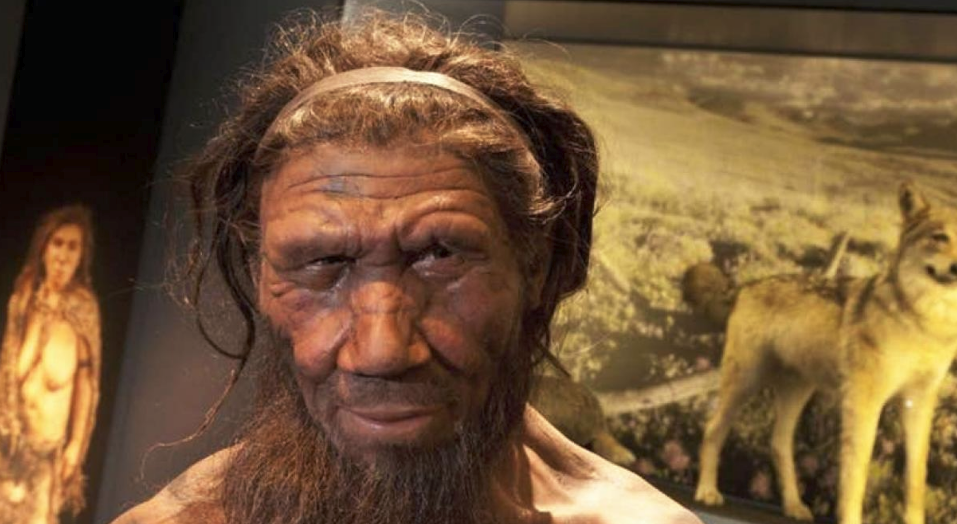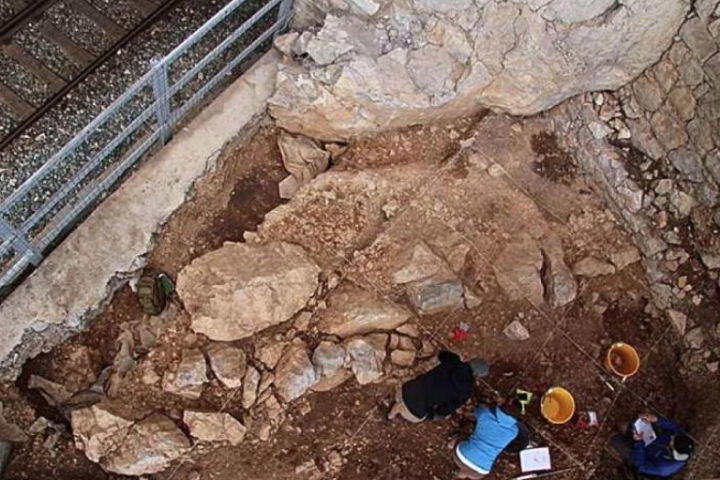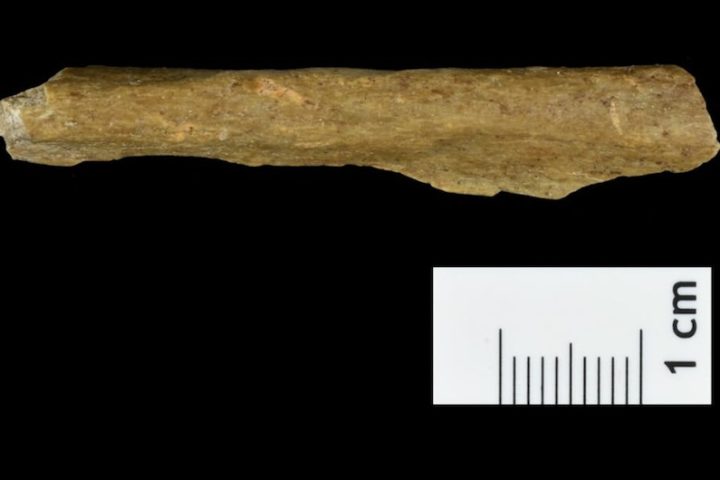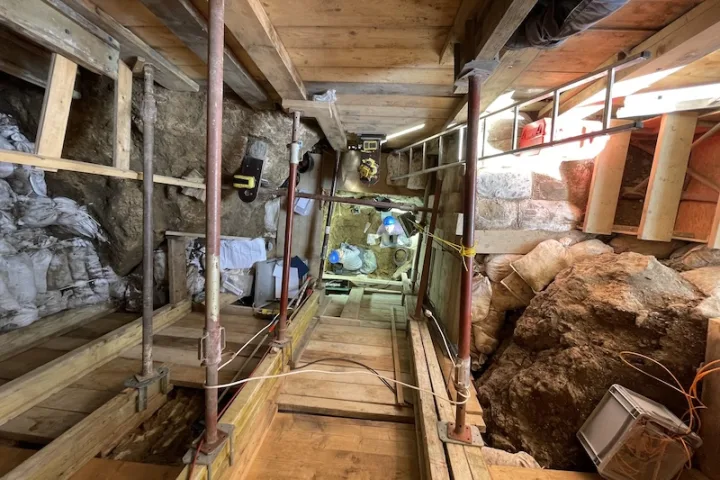Archaeological site in Germany shows Homo sapiens is not the only human species to change the ecosystem
Research at a 125,000-year-old archaeological site reveals how Neanderthals may have changed where they lived
The 125,000-year-old archaeological site in Germany, known as Neuman-Nord, reveals that Neanderthals, relatives of Homo sapiens, left permanent marks on the lands where they lived.
Neumark-Nord, 35 km east of the city of Leipzig, was dotted with small lakes between 115,000 and 130,000 years ago in an era when the glaciers retreated from Europe.
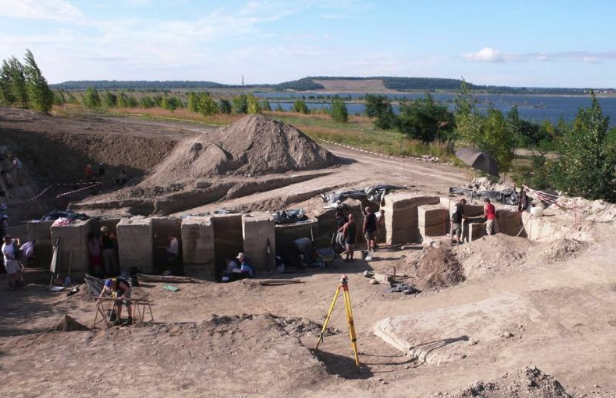
Archaeological evidence from the area shows that hunter-gatherer Neanderthals settled here to take advantage of the warmer climate during this time and changed their environment through various activities.
- Sharks may protect against coronavirus variants
- Unethical behavior in men found to be associated with testosterone levels
Neanderthals, who hunted here, butchering animals, making tools, gathering firewood and making campfires, changed the local ecosystem for two millennia, according to an article published Wednesday in Science Advances.
The lead author of the study is Prof. Dr. from Leiden University in the Netherlands. Dr. Wil Roebroeks used the following statements:
The originally forested area became open when the Neanderthals arrived and remained that way for about two thousand years. After they left, the forest reappeared.
The research shows that Homo sapiens was not the first species to change its habitat.
Katerina Harvati, a paleoanthropologist at the Eberhard Karls University of Tübingen, who was not involved in the study, said:
Today’s modern humans are affecting ecosystems on a global scale with serious consequences for biodiversity and habitats. The new study points to the significant impact of human activities on ecosystems, even in small groups of hunter-gatherers before the arrival of modern Homo sapiens.
prof. Dr. Roebroeks notes that the study offers important insights into early human behavior.
Archaeologists first described Neuman-Nord as an area inhabited by hominins in 1985.
prof. Dr. To confirm whether the presence of Neanderthals actually affected the environment 125,000 years ago, Roebroek and his team compared a wealth of evidence, including pollen data from the Neumark-Nord site, with evidence from two similar nearby lake basins at the same time.
By looking at pollen preserved in lake sediments, the researchers reconstructed changes in local plant life over time.
prof. Dr. Roebroeks added that this settlement in the region was “far away” from the first villages and towns. Dr. Roebroeks notes that Neanderthals who used the area may have been less mobile and likely lived in large groups but remained hunters and gatherers.
On the other hand, the comparative study of the researchers shows that the environmental difference between the regions is not due to precipitation or temperature differences.

